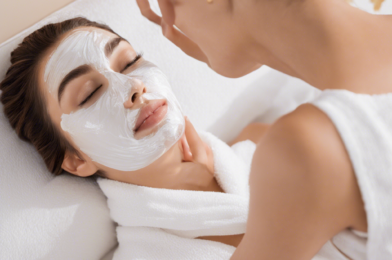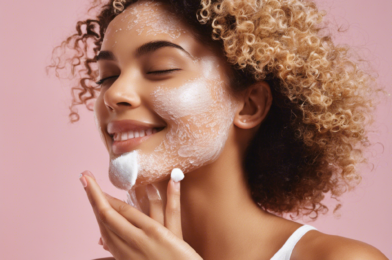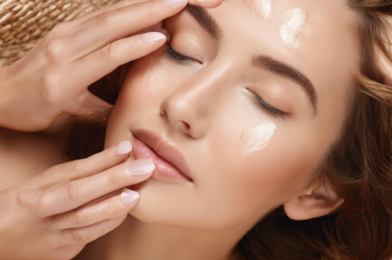Whether you’re feeling uninspired or just looking for a little extra push to get you through the day, motivational quotes can be a powerful tool to help get you back on track. There is just something about a well-crafted sentence that captures a universal truth or a hard-earned lesson that can spark a fire within us and encourage us to take action. Here is a collection of some of the most powerful and memorable quotes to inspire and motivate you:
“The way to get started is to quit talking and begin doing.” – Walt Disney. This quote is a reminder that taking action is crucial to achieving our goals. We can spend hours planning and discussing our ideas, but until we take that first step and put our plans into motion, they will remain just that – ideas. So, let this quote inspire you to stop procrastinating and start taking action towards your dreams.
“Your time is limited, so don’t waste it living someone else’s life. Don’t be trapped by dogma – which is living with the results of other people’s thinking. Don’t let the noise of others’ opinions drown out your own inner voice. And most important, have the courage to follow your heart and intuition.” – Steve Jobs. Jobs’ words serve as a powerful reminder to live life on our terms and to have the courage to forge our path. It can be easy to get caught up in societal expectations or the opinions of others, but ultimately, we must stay true to ourselves and our values.
“If you can dream it, you can do it.” – Walt Disney. This quote is a testament to the power of our imagination and our ability to create and achieve. When we dream, we open ourselves up to new possibilities and opportunities. Disney encourages us to embrace our dreams and have the courage to turn them into reality.
“The most difficult thing is the decision to act, the rest is merely tenacity.” – Amelia Earhart. Taking that first step can often be the hardest part of achieving our goals. It requires us to push through fear and self-doubt and take a leap of faith. Earhart’s words remind us that once we make that decision and commit to our path, perseverance will see us through.
“I’ve missed more than 9,000 shots in my career. I’ve lost almost 300 games. Twenty-six times, I’ve been trusted to take the game-winning shot and missed. I’ve failed over and over and over again in my life. And that is why I succeed.” – Michael Jordan. Jordan’s quote is a powerful reminder that failure is an integral part of success. It teaches us resilience, perseverance, and the importance of getting back up after every fall. Success is not built on perfection but on our willingness to keep trying, even in the face of setbacks.
Stay tuned for more motivational quotes to inspire and uplift!
“Whatever the mind of man can conceive and believe, it can achieve.” – Napoleon Hill. This quote emphasizes the power of our thoughts and beliefs in shaping our reality. When we firmly believe in something and have a clear vision, we can make it happen. Hill’s words remind us that our minds are incredibly powerful tools that can help us achieve our goals and create the lives we want.
“You learn more from failure than from success. Don’t let it stop you. Failure builds character.” – Anonymous. Embracing failure as a learning opportunity is a critical mindset shift. Instead of seeing failure as a roadblock, this quote encourages us to view it as a chance to grow and build our character. It reminds us that resilience and perseverance are often forged in the fires of adversity.
“There is no elevator to success; you have to take the stairs.” – Anonymous. This quote is a humorous yet powerful reminder that success rarely comes overnight. It takes hard work, dedication, and a step-by-step approach. By taking consistent action and remaining persistent, we can climb to new heights and achieve our goals. So, keep taking those stairs and building the foundation for your success!
Remember, a single quote has the power to shift your perspective and inspire action, so take these words with you and let them fuel your journey toward a brighter future.









